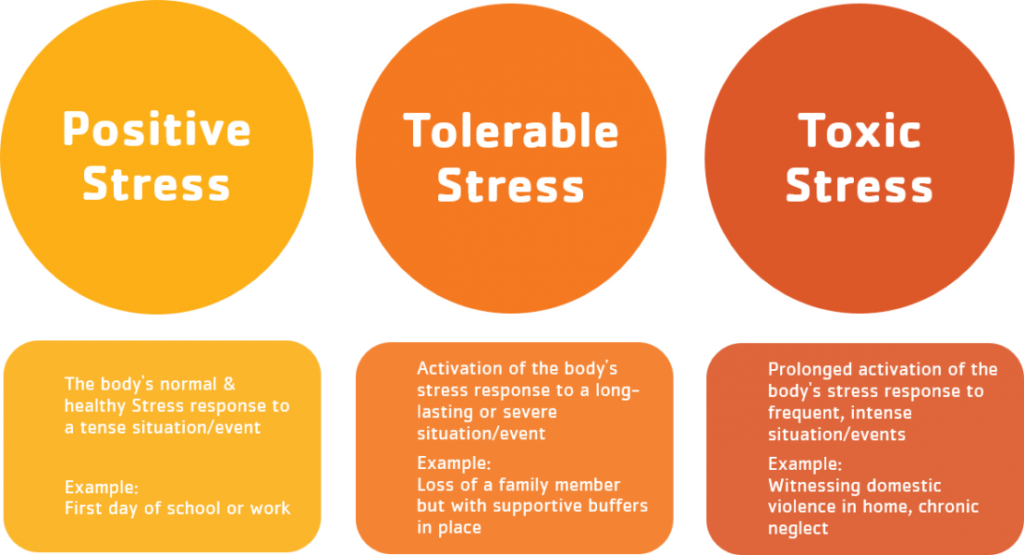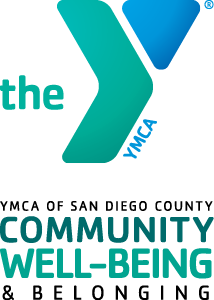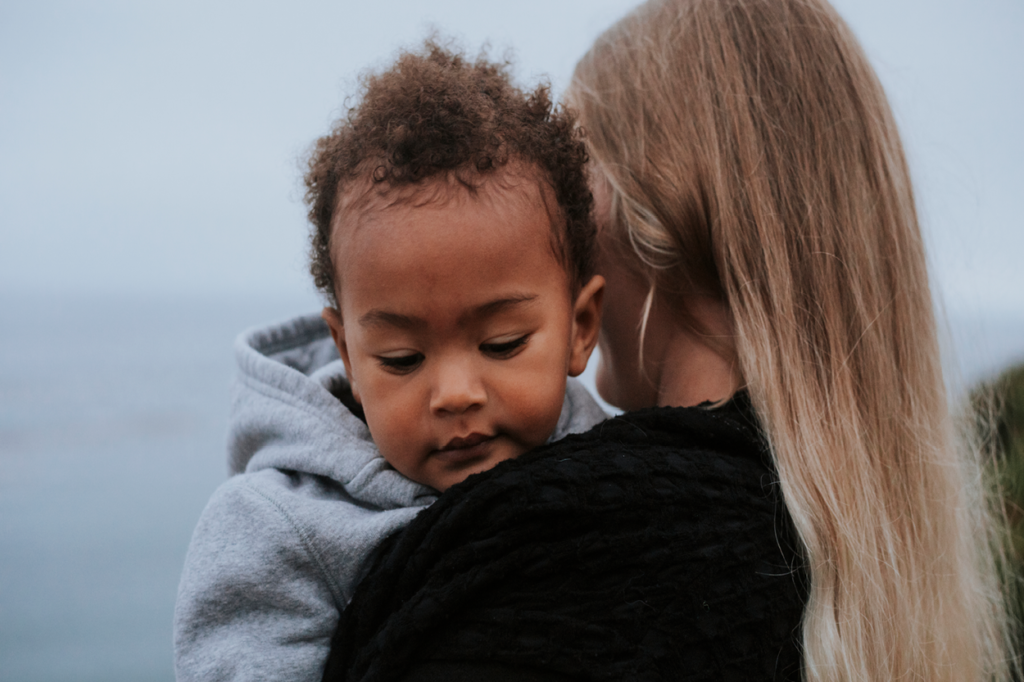Stress, trauma-informed care, and Adverse Childhood Experiences (ACEs) have been the buzz over the last couple of years. With the events of the past year, the interest has only increased as communities explore how we address the stress and impact on children, youth, and families. It can be easy to get lost in the research and wonder, “How does this apply to me?” A lot of the information out there can feel like it is aimed at professionals offering services to the community, but the truth is that we all can make a difference in promoting resilience, healing, and hope.
Trauma Informed Care: A trauma-informed child and family service system is one in which all parties involved recognize and respond to the impact of traumatic stress on those who have contact with the system including children, caregivers, and service providers. (NCTSN – National Child Traumatic Stress Network)
Adverse Childhood Experiences: Adverse childhood experiences, or ACEs, are potentially traumatic events that occur in childhood (0-17 years).
For example:
- experiencing violence, abuse, or neglect
- witnessing violence in the home or community
- having a family member attempt or die by suicide
(Definitions taken from the Centers for Disease Control and Prevention)
TYPES OF STRESS

(taken from www.joiningforcesforchildren.org/what-are-aces/)
Typically, when we talk about stress, thoughts of being burdened by work and other responsibilities come to mind. The truth is that stress is more than just something that bubbles up when we’ve been working too hard. It’s helpful to think about three different kinds of stress. The first is positive stress which is actually a really important tool to help us learn and grow. Experiences that create our normal stress response, but that we’re able to overcome help us to build skills and confidence. On the other end of the spectrum is toxic stress. This is the type of stress we’re talking about when we talk about ACEs. These are experiences where our body isn’t able to come out of the stress response. Over time, this begins to have an impact on our physical and mental health. The last type of stress, tolerable stress, is important because it has a greater impact than normal health stress, but the key difference is that having supportive buffers in place. What that really means is that we’re able to overcome the negative experience through having supportive relationships.
New research has confirmed what many of us may have experienced ourselves, that positive relationships, events, and experiences can actually reduce the impact of early negative experiences and buffer the long-term effects of stress. These are experiences range from a sense of belonging to talking about feelings to participating in community traditions. You don’t need to be a professional therapist, to promote healing and resiliency with those in your life.
You might not have considered these ideas as ways of promoting hope, healing, and resilience, but they can be!
Talk about Emotions
Start dinner by asking your family to name one emotion they felt today and to share a little about what was happening when they felt that emotion. Rather than asking, “How was your day,” starting with the emotions makes it the focus of the conversation and starts to create a practice of checking in on the feelings associated with events of the day. If this is a new practice or you have little ones, start small with mad, sad, glad, and scared. You can also use a feelings chart to start to learn new ways to share your emotions. Here are some ideas for getting started using a feelings chart:
- Select one emotion and have each person show how they show that emotion on their face or in their body language.
- Read a story or watch a show. Pause at different moments and ask your child to point to the emotion they think the character is feeling.
- Go through each of the feelings and ask your child to describe how they feel it in their body. For an extra activity, draw the outline of a body (like a gingerbread man) and fill in with your child where and what those emotions feel like in their body.
Learn something new about your loved ones
You may have spent a lot of time with your family during the pandemic in person, by phone, or video. In your next connection, consider conversation starters to learn something new about your loved ones!
- What are three words you would use to describe yourself and why? What are some adventures you dream of? Where would you go, what would you do, who would be there? Are there ways I can support you in making that dream become a reality?
- If there was a movie about our life, what would be the title and who would you want to play the characters in our family?
- When do you feel the most like yourself? What activities make you feel the most confident?
- Interview a family member to learn more about their life.
Do an inventory of resilience, hope, and healing
Think about things you have done in the past or are currently doing that foster hope, healing, and resilience in yourself and/or others. Write a list of the ones that been helpful and that you can return to when you are feeling down. Consider creating a wish list or a vision board inspired by hope, healing, and resilience. See where your creative side can take you.
Celebrate Traditions
Though traditions may look different this year, many communities are finding ways to celebrate even from a distance. In thinking about past years, are there components of celebrations you can participate in at home or maybe co-create some new ones? Look at community platforms and share on social media to connect with others celebrating too.
Need Additional Ideas or Support?
One of the most important ways to support children during this time is to ask how their caregivers are doing. We are offering a behavior consultation warm-line to families and child care providers. Through phone-based support, we offer a listening and empathic ear to problem-solve challenges with parenting, support in coping with the current stressors, and guidance in helping children understand what is going on. These brief consultations are free and confidential. To get started, email us at [email protected].
For more information, visit our Behavior Consultation Services webpage.


